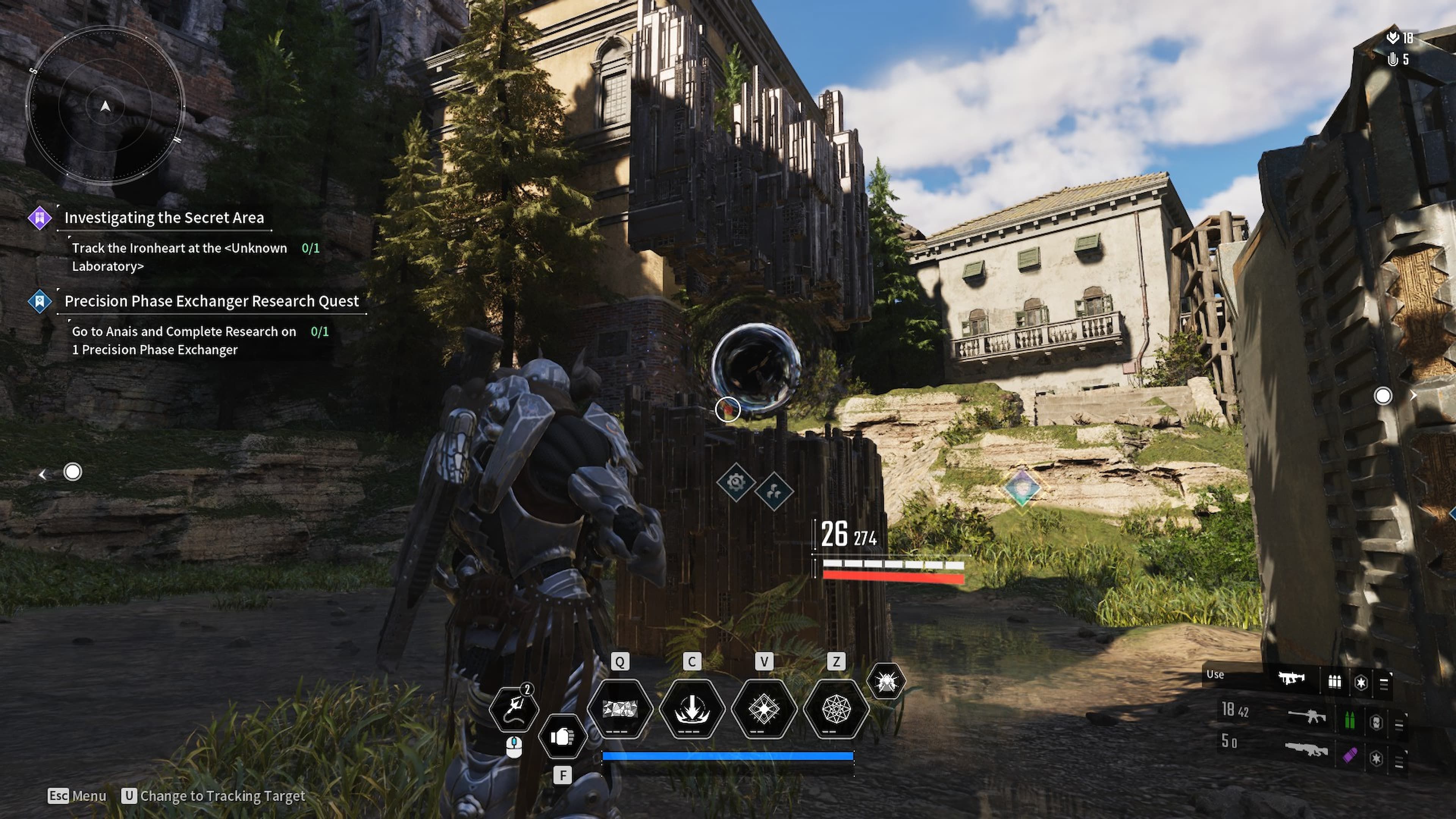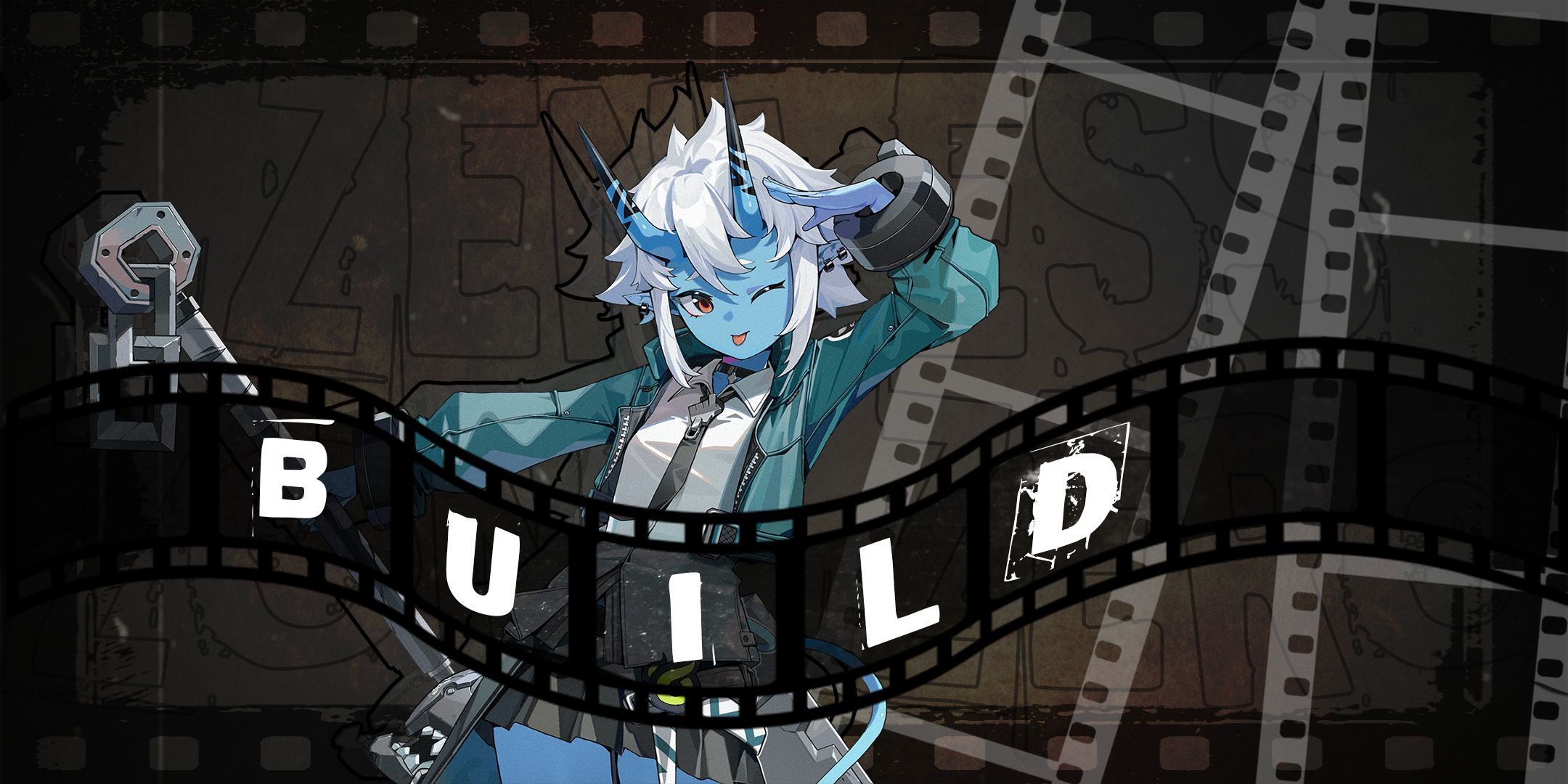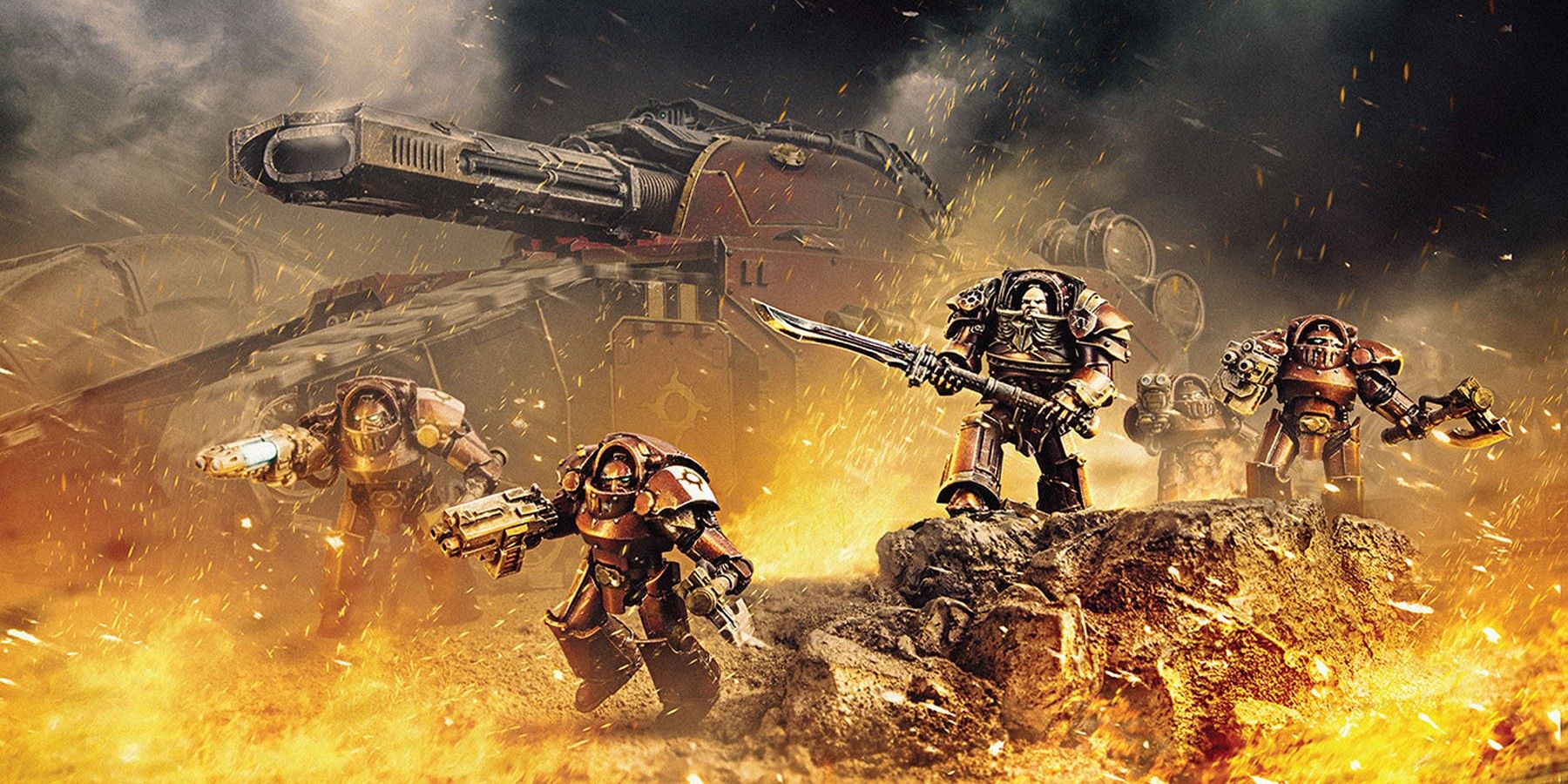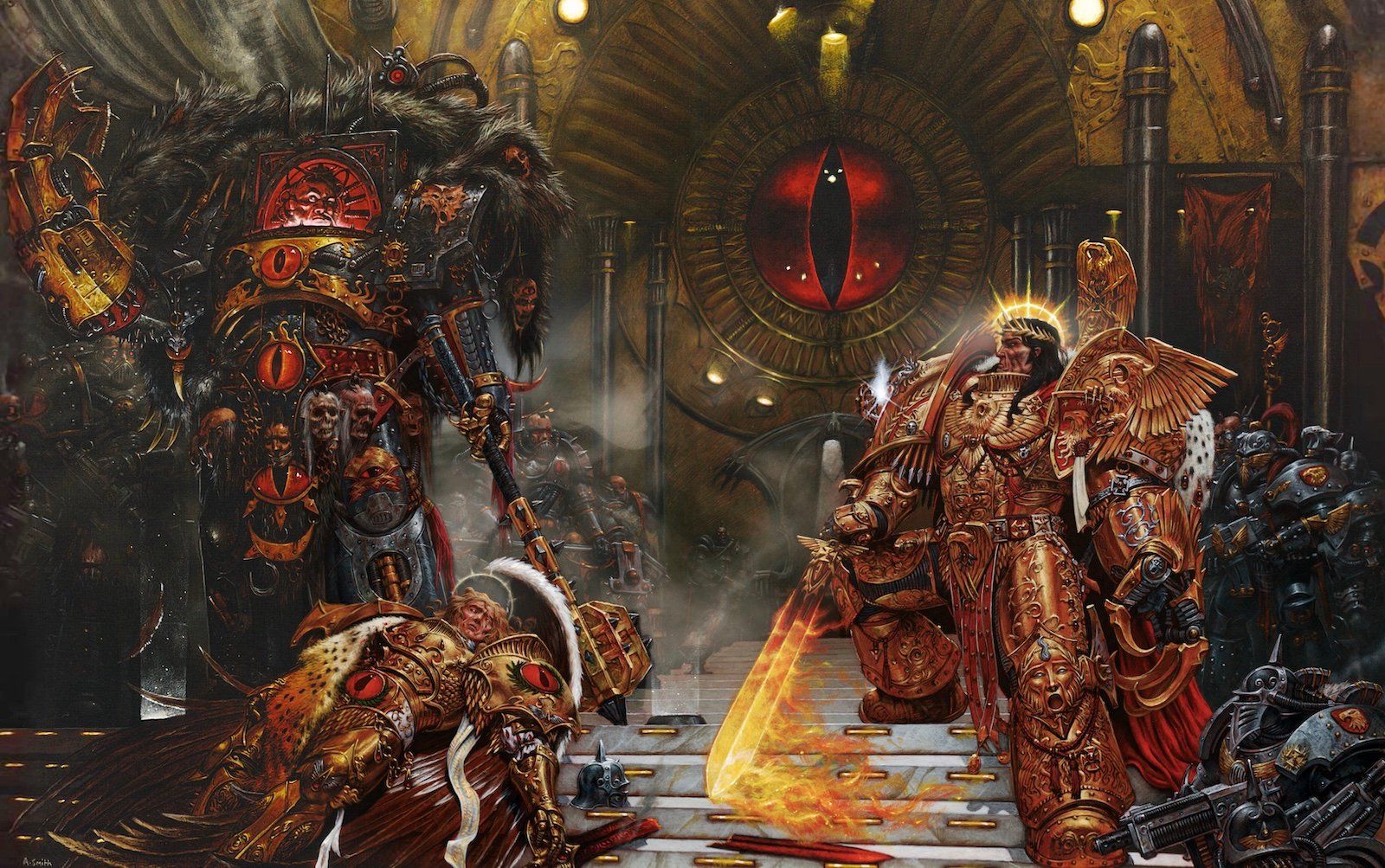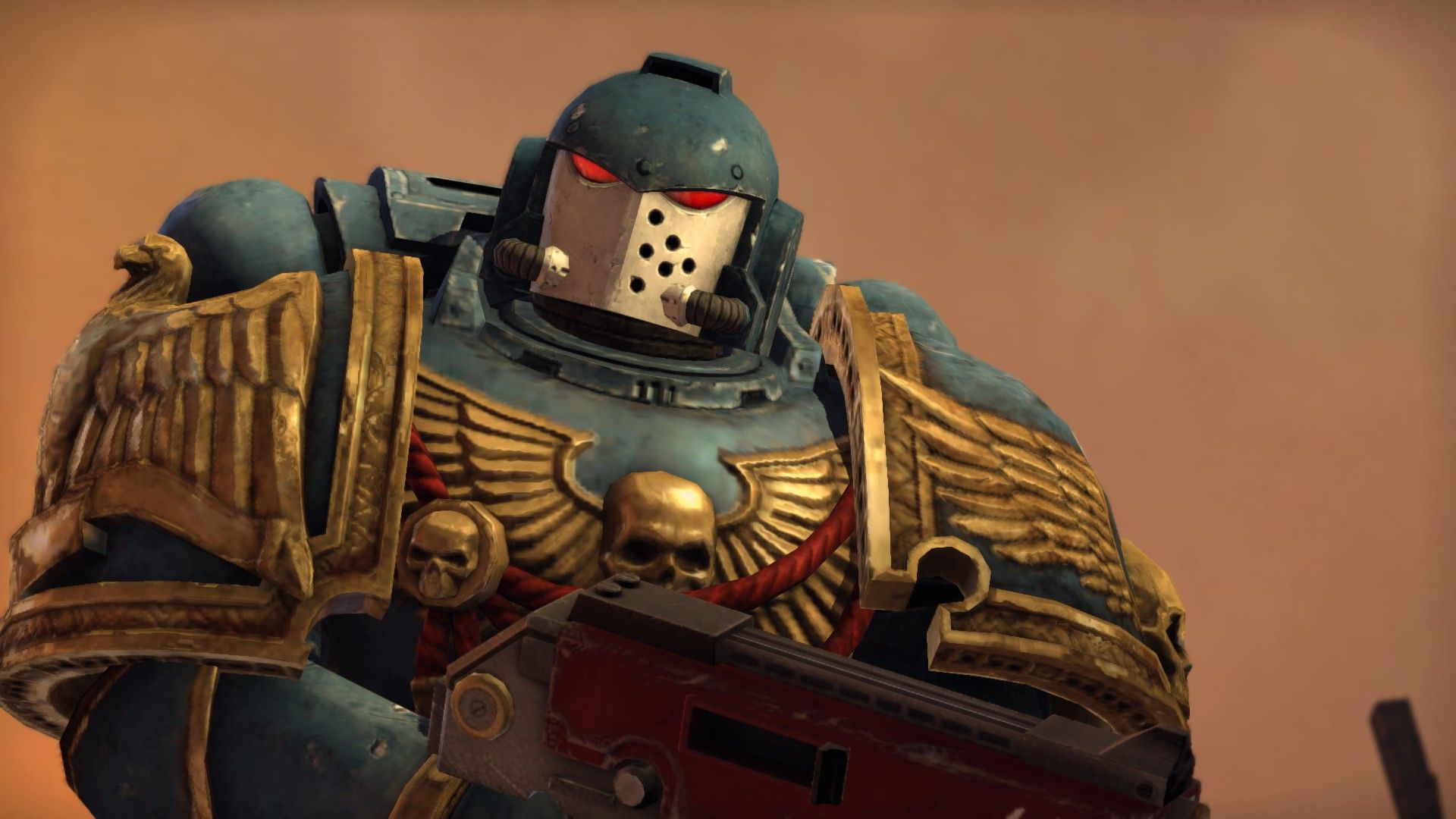Over the last 40 years, Warhammer 40,000 has grown in scale exponentially. When playing the tabletop game today, players have the choice of a plethora of factions, each with their own slew of unique units, vehicles, and leaders. Further, for each new unit a faction receives, a new bit of lore is added to the Warhammer 40K timeline. After four decades of additions, the Warhammer 40K universe is a sprawling one, with some of the most fleshed out lore of any sci-fi fantasy franchise.
While some pieces of Warhammer 40K lore have been tweaked over the years, there are a few distinct events that have remained largely the same, but have just been fleshed out via books and codices. The Horus Heresy is one such event. Taking place just before the current Warhammer 40K timeline begins, the Horus Heresy is the catalyst for much of the universe's action, directly explaining the state of the Imperium of Man and the forces of Chaos.
What Is Warhammer 40K's Horus Heresy?
Taking place over nine Earth years, the Horus Heresy is a human civil war which sees the Imperium of Man split into two distinct sides: the Emperor's Loyalists and the fallen Space Marine Primarchs led by Horus. This pivotal event begins when the Space Marine Primarch Horus is corrupted by the Chaos Gods.
One of the 20 genetically-engineered sons of the all-powerful Emperor of Man, Horus was the Emperor's favorite. Upon being corrupted by the four Chaos Gods, Horus took his loyal Space Marine legion - the Sons of Horus - and turned on the Emperor, seeking his throne at the head of the Imperium.
Being the Emperor's right-hand man, Horus was able to convince about half of the Primarchs, his "brothers," to betray the Emperor alongside him. The nine traitor Primarchs, along with their respective Space Marine legions, waged war on the other Primarchs and the Emperor.
Over the following nine years, the brutal civil war raged throughout the Milky Way galaxy. Trillions were killed, whole planets were destroyed due to Chaotic corruption, and a handful of Primarchs on both sides were slaughtered or went missing. As the war grew, more factions joined Horus' side, including a portion of the Mechanicum and a large percentage of the human Imperial Army.
In the final year of the war, Horus managed to fight his way to the Emperor's capital on Terra, the 31st Millennium version of Earth. Once inside the capital, a fierce battle took place between the Emperor's elite guards and Horus' Space Marine legions, eventually culminating in one final battle between the Emperor himself and Horus.
Though the final moments of the battle have been heavily speculated on by those in the Imperium, and the official record events can never be trusted fully, it is confirmed that Horus was killed by the Emperor - but not before dealing a fatal wound to his father. As the Emperor was seen as more of a God than a man, his loyal followers designed a way to prolong his life, and keep his strong psychic (Psyker) powers alive.
The God Emperor was encased in a gigantic, intimidating Golden Throne. Though the Emperor can no longer speak and is essentially just a skeletal husk, he remains atop the Throne, being kept alive with human sacrifices and providing his Imperium the ability to travel through the Warp via his powerful Psyker powers. Upon Horus' death, the remaining traitor legions fled to the Eye of Terror, a rift in the Warp in which the Chaos Gods reign freely.
Though 10,000 years have passed since Horus' death, the traitor legions of Chaos, commonly referred to as the Chaos Space Marines, still conduct attacks on the Imperium of Man. While the conflict itself lasted for less than a decade, the Horus Heresy is the direct cause for much of the state of the Warhammer 40,000 universe.
The Horus Heresy is the Perfect Setting for a Warhammer 40K Game
While there have been a handful of Warhammer 40,000 video games set during the Horus Heresy, none of these have really captured the large-scale brutality of the conflict. With a board game adaptation and a Gwent-like card game being two of the four Horus Heresy video game offerings, there hasn't been much action injected into the setting. 2017's The Horus Heresy: Battle of Tallarn, and 2020's The Horus Heresy: Betrayal at Calth are two more exciting offerings, but aren't the best games and don't really capture the true scope of the war.
A modern Horus Heresy game would have a great deal of potential. With 54 novels set during this period, there's plenty of inspiration to draw from for a single-player campaign. To capture the immense scale of the galaxy-wide conflict, the 4X strategy genre could be used, putting the player in the boots of one of the Primarchs on either the Loyalists or Heretic side. From there, players could build their legion's forces up and conduct raids across the galaxy in a similar vein to games like Sins of a Solar Empire and Star Wars: Empire at War.
Alternatively, a multiplayer-focused shooter would also fit right in with the Horus Heresy setting. With much of the Horus Heresy's combat being vicious close-range battles, third-person gameplay similar to Warhammer 40,000: Space Marine would be a perfect fit. In fact, if Games Workshop wanted to expand the Space Marine brand even further than the planned sequel, then it could just set a Space Marine game during the Horus Heresy, acting as a prequel to the 2011 title. Setting a Space Marine game during the Horus Heresy would also give way to some unique weapons, as being set 10,000 years before the events of Warhammer 40,000 would mean technology isn't quite as futuristic.

